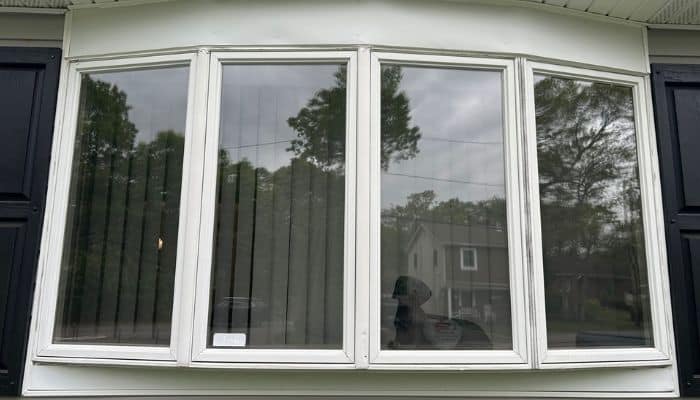
Trusted by Thousands of Homeowners Across the U.S.
Trusted by Thousands of Homeowners Across the U.S.

Selecting the right solar control window film for your home can be both exciting and daunting. With numerous options available, it’s essential to understand the key performance specs for solar control film to make the best choice. In this guide, we’ll explore the top three specifications that matter most: Visible Light Transmission (VLT), Total Solar Energy Rejected (TSER), and Solar Heat Gain Coefficient (SHGC).
What is it? VLT measures the percentage of visible light that a window film allows to pass through. For instance, a VLT of 70% means 70% of the sunlight is allowed in, while 30% is blocked.
Why is it important? VLT impacts how bright or dark a room will be after the film is applied. A higher VLT will make the room brighter, whereas a lower VLT makes the room darker and offers more privacy.
Consideration for DIYers: When selecting a window film, think about the room’s purpose. A living room might benefit from a higher VLT for natural light, while bedrooms or bathrooms might need lower VLT for added privacy.
Read more about visible light transmission.
What is it? TSER represents the total amount of solar energy (both visible and invisible) that the window film prevents from entering a space.
Why is it important? A higher TSER means the film is more effective at keeping out heat, leading to cooler interiors and reduced air conditioning costs.
Consideration for DIYers: If you live in a region with hot summers, a window film with a high TSER can be a game-changer. Not only will it keep your home cooler, but it can also help reduce energy bills!
Read more about total solar energy rejected.
What is it? SHGC is the fraction of incident solar radiation admitted through a window, both transmitted directly and absorbed then re-radiated inside. It’s given as a number between 0 and 1.
Why is it important? A lower SHGC indicates that the window film is better at blocking heat gain, which is beneficial for climates with intense sun exposure.
Consideration for DIYers: If you’re looking to maximize your home’s energy efficiency, aim for a window film with a low SHGC. It’ll help regulate your home’s temperature, making it more comfortable and energy-efficient.
Read more about solar heat gain coefficient.
Solar control window films are a fantastic DIY project for homeowners looking to improve the comfort of their homes and to save on energy costs. By understanding these three key performance specifications, you can make an informed decision that suits both your aesthetic and functional requirements.
For DIYers eager to dive into the world of window films, Concord Window Film offers professional-grade films that you can install yourself. Check out the performance specifications of our window films here and find the perfect window film fit for your home.